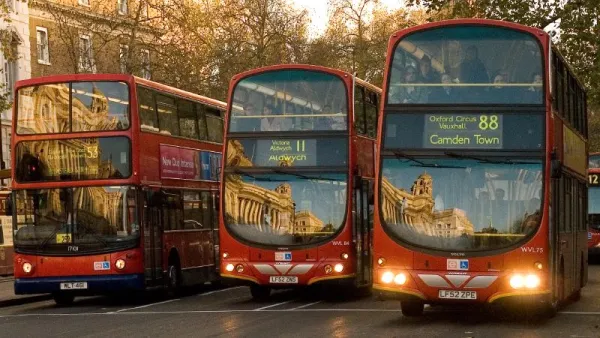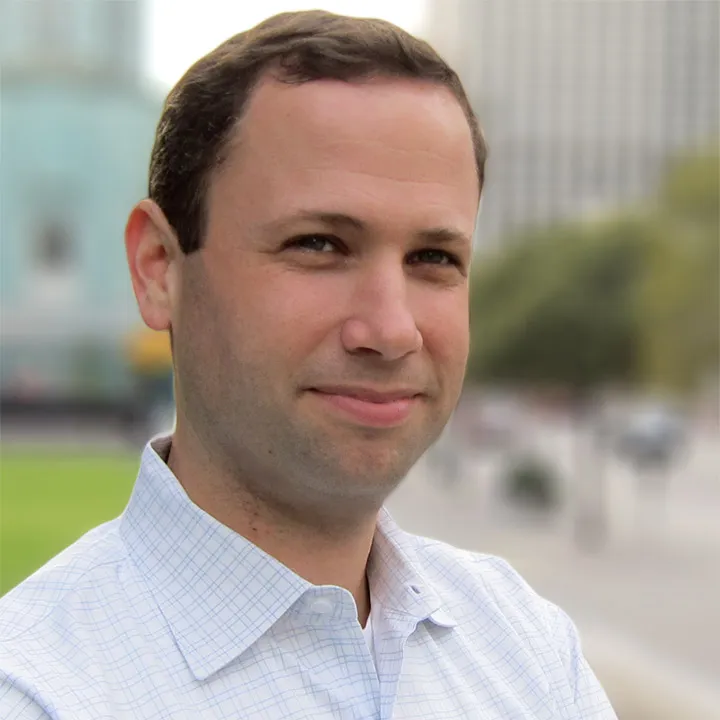Jonathan Nettler has lived and practiced in Boston, Washington D.C., San Francisco, New York, and Los Angeles on a range of project types for major public, institutional, and private developer clients including: large scale planning and urban design, waterfront and brownfield redevelopment, transit-oriented development, urban infill, campus planning, historic preservation, zoning, and design guidelines.
Jonathan is a member of the American Institute of Certified Planners (AICP) and serves on the Board of Directors for the Los Angeles section of the American Planning Association (APA) as the Vice Director for Professional Development. He is also active in local volunteer organizations. Jonathan's interests include public participation in the planning and design process, the intersection between transportation, public health and land use, and the ways in which new ideas and best practices get developed, discussed, and dispersed.
Jonathan previously served as Managing Editor of Planetizen and Project Manager/Project Planner for Ehrenkrantz Eckstut & Kuhn (EE&K) Architects. He received a Master of Arts degree in Architecture from the University of California, Los Angeles and a Bachelor of Arts degree in History from Boston University.

Is London Neglecting Its Most Popular Mode of Public Transport?
Carrying 2.3 billion passengers a year, London's buses are the most popular they've been in more than fifty years and 60 percent more utilized than in 2000. Is the city doing enough to plan for future demand and threats to service?
Are We There Yet? A Status Update on the Cities of the Future
PlanIT Valley, Masdar City, Songdo - the names of these bold visions elicit past promises of a smart and sustainable future. Eric Jaffe rounds up the latest news on the progress of the world's new urban utopias.

What Makes Nordic Countries So Happy?
The second United Nations' World Happiness Report shows that the world is becoming a happier place with 60 of the 130 countries analyzed improving. What is going on in the 30% of countries, including the United States, where happiness is declining?
'Once-Lowly' Piece of Infrastructure Honored as a Hero of 9-11
David W. Dunlap recounts how the slurry wall built around the World Trade Center's foundations prevented the devastation to Lower Manhattan from becoming much worse, and "became a symbol of resilience in the months and years after the attack."
Mind the Gap: Funding Hole Could Halt Downtown L.A. Streetcar Plans
When voters in downtown L.A. approved a special taxing district to help fund a new $125 million streetcar line, one small detail was left out of project cost estimates - $166 million in potential utility work. Might this gap kill the project?

























